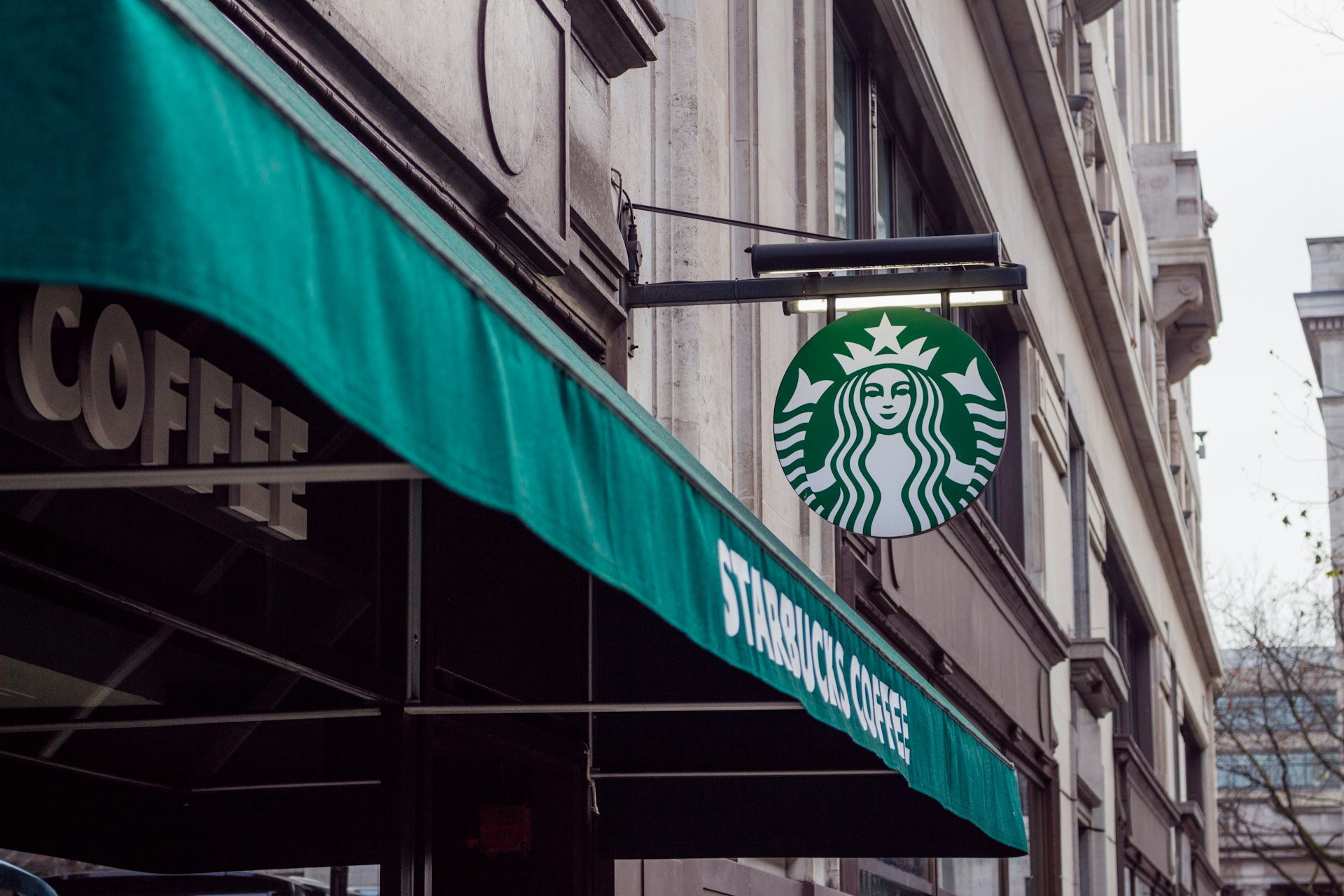- THINKING

Perspectives, insights & results
A primer on decoupled, headless & Jamstack websites
What’s Inside If you’re a software marketing or sales leader, this whitepaper lets you hear directly from your IT buyer personas while also giving actionable advice...

State of the modern customer journey | edition two
What’s Inside If you’re a software marketing or sales leader, this whitepaper lets you hear directly from your IT buyer personas while also giving actionable advice...

How to expose and capitalize on competitors’ weaknesses
What’s Inside If you’re a software marketing or sales leader, this whitepaper lets you hear directly from your IT buyer personas while also giving actionable advice...

Top 3 branding considerations when combining companies
What’s Inside If you’re a software marketing or sales leader, this whitepaper lets you hear directly from your IT buyer personas while also giving actionable advice...

Marketing: An Organization’s Insight Hub
What’s Inside If you’re a software marketing or sales leader, this whitepaper lets you hear directly from your IT buyer personas while also giving actionable advice...

Building B2B Brand Loyalty with B2C Best Practices
By taking a human-centered approach to branding, focusing on the user experience, and tailoring strategies to individual company needs, B2B businesses can create meaningful connections with their audience.
